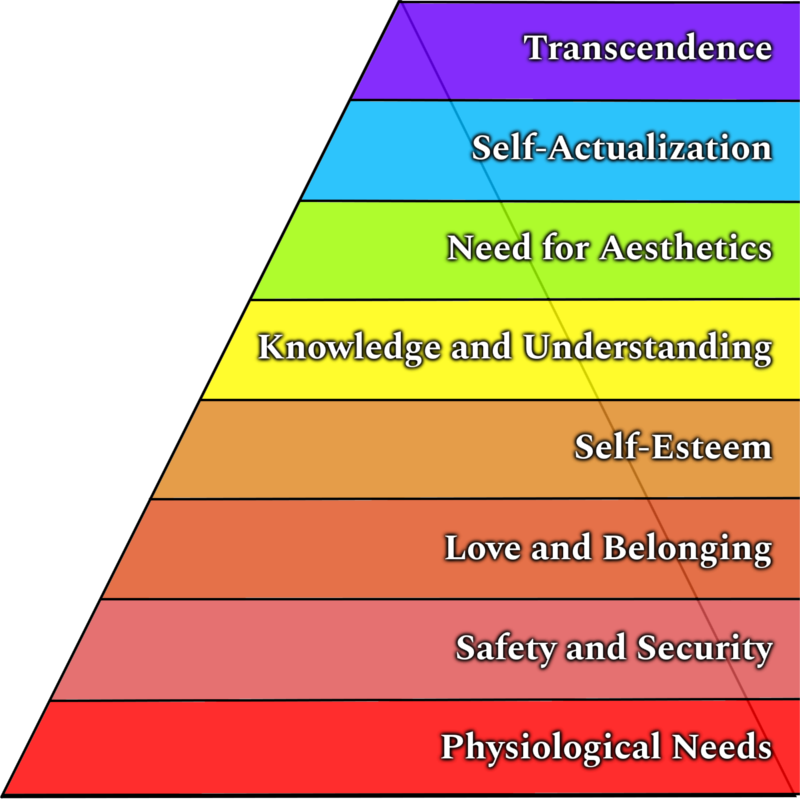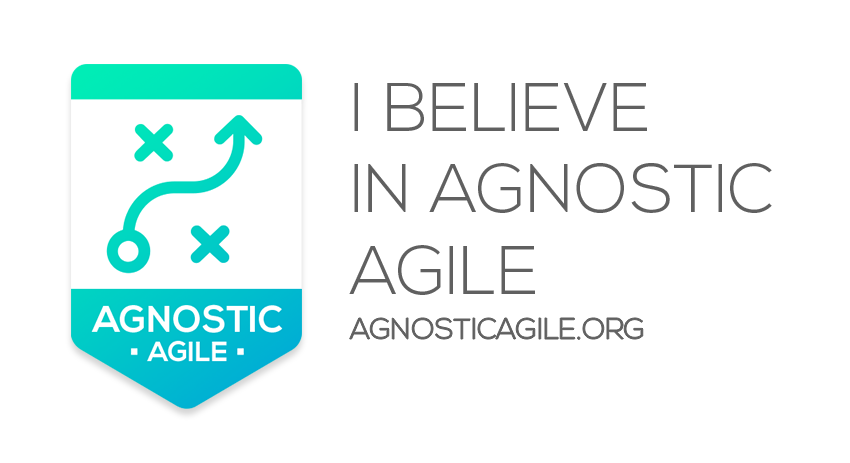
The Original 5 Stage Model of Maslow’s Hierarchy of Needs
Most people are familiar with Maslow’s Hierarchy of Needs (Model Shown Above) and the five motivational levels it contains. Anyone who has taken a basic psychology course has probably encountered it at some point during their education.
This 5-stage model was conceptualized in 1943 by Abraham Maslow in a paper titled “A Theory of Human Motivation” and a later book called “Motivation and Personality”. You can learn more about the original 1943 Hierarchy of Needs here or an alternative expansion of the hierarchy here.
The Original Hierarchy of Needs:
- Physiological Needs
- Safety and Security
- Love and Belonging
- Self-Esteem
- Self-Actualization
Do We Need an Expanded Hierarchy of Needs?
Since at least the 1970s there have been debates and discussions on whether Maslow identified all of the motivating stages that drive humans. Some have argued that there should be more levels to the Hierarchy of Needs. Most seem to agree that there should be three new additions to the Hierarchy of Needs.

An Expanded Version of the Hierarchy of Needs Model
The three new additions to Maslow’s original Hierarchy of Needs model are:
- Knowledge and Understanding (Cognitive Needs)
- Need for Aesthetics
- Transcendence
Knowledge and Understanding (Cognitive Needs): This the need to learn and would clearly be a growth need. People have a desire to explore and learn new things or understand the world around them. The inability to meet the cognitive needs may make it difficult to reach Self-Actualization. Self-Actualization is about personally growing and is a more complex form of gaining knowledge and understanding.
Need for Aesthetics: This is about the desire for beauty and pleasing surroundings in our life. Through the chaos, we seek order and balance. We want to appreciate the things we find beautiful, you may stop to smell the roses.
Transcendence: Transcendence is the desire to move beyond ourselves. In the expanded hierarchy it is placed after Self-Actualization, making it the highest level in the hierarchy. People seeking to fulfill their Transcendent needs may be motivated by helping others or becoming wholly driven by factors that do not personally impact them. They are so confident in their lower level needs being met satisfactorily that they worry about the needs of others.
YouTube Video can be Found Here
Books on Maslow’s Hierarchy of Needs
- A Theory of Human Motivation by Abraham Maslow
- Meet Maslow: How Understanding the Priorities of Those Around Us Can Lead To Harmony And Improvement
- Maslow on Management
Sources
Cherry, Kendra. (2018). The Five Levels of Maslow’s Hierarchy of Needs. Retrieved From https://www.verywellmind.com/what-is-maslows-hierarchy-of-needs-4136760
Coachilla (2017) The New Hierarchy of Needs. Retrieved From https://www.coachilla.co/blog/the-new-hierarchy-of-needs
McLeod, S. (2018) Maslow’s Hierarchy of Needs. Retrieved From https://www.simplypsychology.org/maslow.html
Categories: Human-Centered Management, Leadership, Motivational Theories



This is a great article expanding on the hierarchy of needs! I especially appreciate the highest stage of “transcendence” because I do think that once self-actualization occurs, we become more concerned about the needs of others. Addressing those brings us more happiness after achieving our own self-actualization. I may expand on this in my own blog, as I have already written a post on Maslow’s hierarchy of needs. Feel free to check it out and leave any contributions that you would like. Great post!
LikeLiked by 1 person